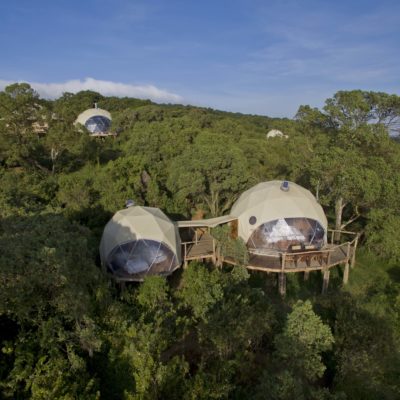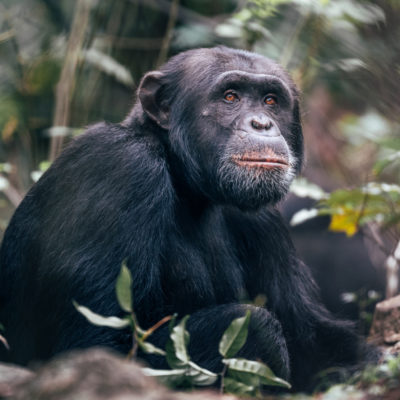Tanzania has two wet seasons. The main rainy season lasts from March to May, when tropical showers often occur during the day. The rainfall is heaviest in April and transforms the landscape into a lush green oasis. The dry season (May to October) brings cooler temperatures and lures wildlife to waterholes and water sources where they can be spotted more easily before a second, shorter rainy season returns in November until mid-January.
One of Africa’s 7 Wonders, the Ngorongoro Crater is the largest inactive, unbroken and unfilled volcanic caldera in the world. The Ngorongoro Crater is almost 3 million years old and was formed when an ancient volcano erupted and collapsed on itself. Before it collapsed, experts believe that the volcano would have been approximately the same size as the towering Mount Kilimanjaro. The walls of the crater act as a natural enclosure which today is a conservation area for many threatened animals including the Ngorongoro Lions and 26 Black Rhinos. There are approximately 25,000 large mammals that live in the conservation area from November to May, luring in one of the highest concentrations of predators in Africa.
The diverse ecosystems of the conservation area provide the ideal habitat for an abundance of wildlife and also birdlife, such as ostriches and white pelicans. During the dry season, travellers can witness thousands of pink flamingos fill Lake Magadi, a salt pan lake with naturally pink water. In the evenings, the flamingos will take to the skies, rising up as one and flying into a pink cloud of wings and feathers as the setting sun casts its glow on this incredible sight. The Conservation Area is also home to the Maasai people, who let their animals graze on the verdant land that has been fertilised by volcanic ash and heavy rainfall.


